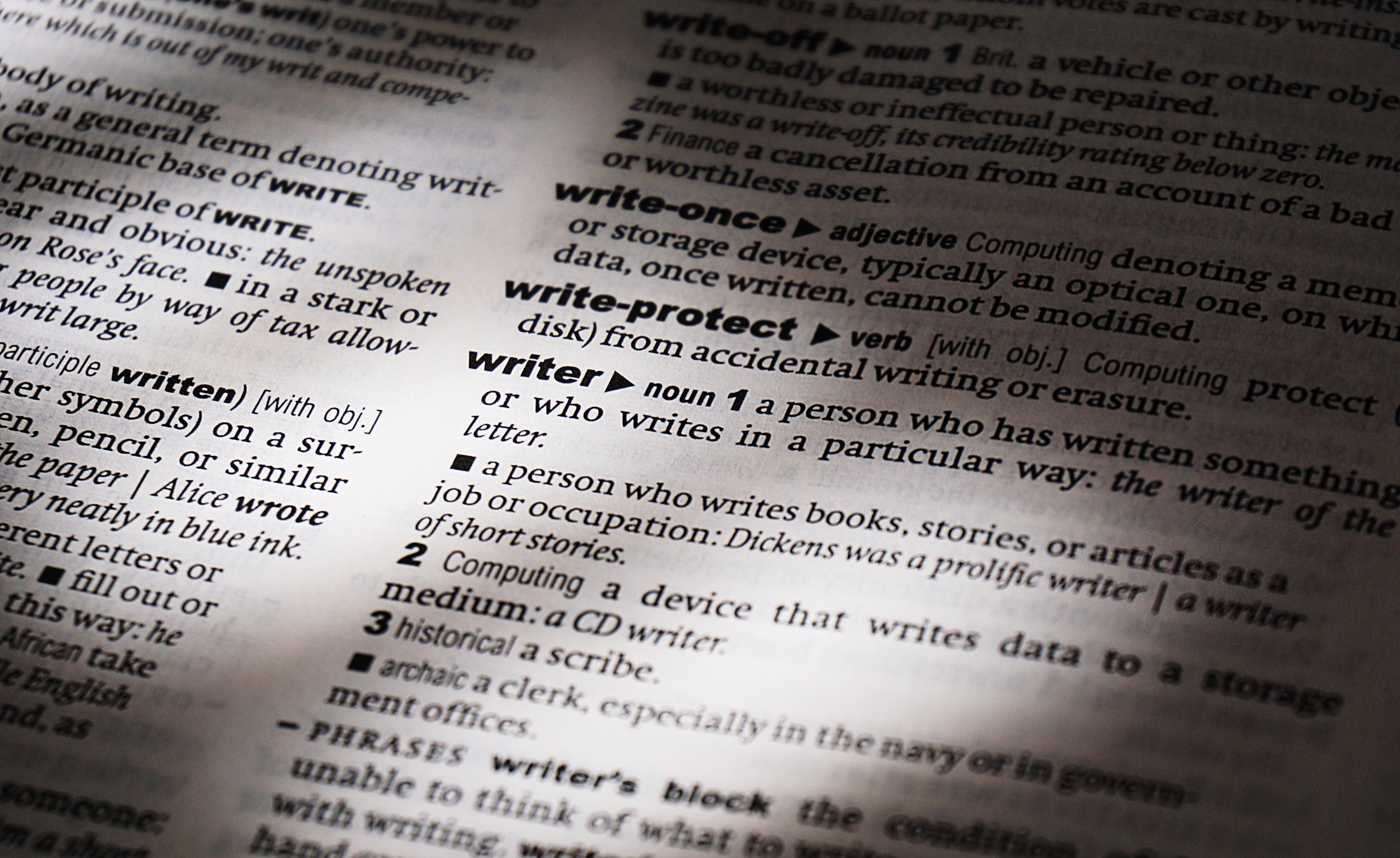Writing is one of those skills that everyone is expected to have but rarely formally taught. Outside of a traditional English class, it’s just expected that you’ll learn the mechanics of good writing. But what is good writing? The “tenets” of good writing are infinitely complex, and each field has its own style. Scientific writing, for example, tends to be concise, straightforward, and often accompanied by diagrams and charts. Numbers can serve as text. In the Humanities you may throw in some additional adverbs and variations in sentence structure to convey additional meaning. But one thing both have in common is the desire for clean and simple verbiage. James Baldwin famously said, “The hardest thing in the world is simplicity. And the most fearful thing, too. You have to strip yourself of all your disguises, some of which you didn’t know you had. You want to write a sentence as clean as a bone. That is the goal.” Science writing also has the added advantage of using
Thankfully, there are many resources out there that offer tips for improving your academic prose, whether it’s scientific to creative writing. Moreover, Leo Babauta over at ZenHabits posted some good recommendations for Training to be a Good Writer.
At its foundation, good writing comes from a mastery of grammar and vocabulary. The more you read, the more tools you have to express your thoughts and ideas. I recommend all my students read The Elements of Style to a strong foundation in grammar but that’s no fun. Below are some apps to that are guaranteed to strengthen your writing by improving your grammar and vocabulary.
Grammar
There are many ways to construct a sentence, and each possibility conveys a different message to the reader. Thus, when you master good grammar, you have the ability to change the sentence structure in a manner that allows you to guide the reader as they progress through your work.
Grammarly is arguable the most sophisticated web-based application when it comes to grammar correction. Once you sign up for a free account, you can upload your documents or paste a snippet of text and immediately identify errors in your work. You can also download plug-ins for Windows, Chrome, Microsoft Word and Outlook, allowing you to edit within each application. Grammarly stands out because it not only highlights errors, but gives detailed explanations for each one, describing why the word or phrase is incorrect and how to improve it. Sometimes it can be a bit annoying as it’s universally working in the background even for short emails, but you can toggle the app on and off for specific sets of time or specific apps. The paid version offers additional suggestions for sentence structure and vocabulary usage. At a base price of $144/year it’s pricey if you’re not a daily writer but some universities have free subscriptions. Still, the free version should suffice for most people.
If you want a completely free option, Hemingway Editor is a favorite among many. Hemingway focuses more on readability and sentence structure as opposed to specific grammar recommendations. It has a desktop app that you can write in or copy and paste your document and let the algorithm run its magic. I find it good at training me to be better writer rather than just telling me to accept its suggestions.
With AI, all of these apps have grown leaps and bounds from where they were five years ago.
Vocabulary
Most people improve their vocabulary through incessant reading. When I was a graduate student, I had a running excel sheet of words that I thought may be useful or caught my eye. But for those who don’t read outside of their required school work, there are some web-based applications that can expand your vocabulary in interesting ways.
For a no-nonsense thesaurus, WordHippo offers a wide range of tools in an intuitive web format. For those who are more visual learners, however, a visual thesaurus is the way to go. A visual thesaurus uses webs to map out related words and their relationship to each other.
My web-based application of choice is WordVis. Simply search a word and it unleashes a web of synonymous nouns, verbs, adjectives, and adverbs. Nouns and adjectives are denoted with different colors and definitions are available in a list on the left side of screen so you can find exactly what you’re looking for without having to go through each word, one-by-one.
If you haven’t tried these apps before, test them out for your next writing assignment.
These are affiliate links, so you’ll be supporting the blog if you make purchases using the links provided in this post.
